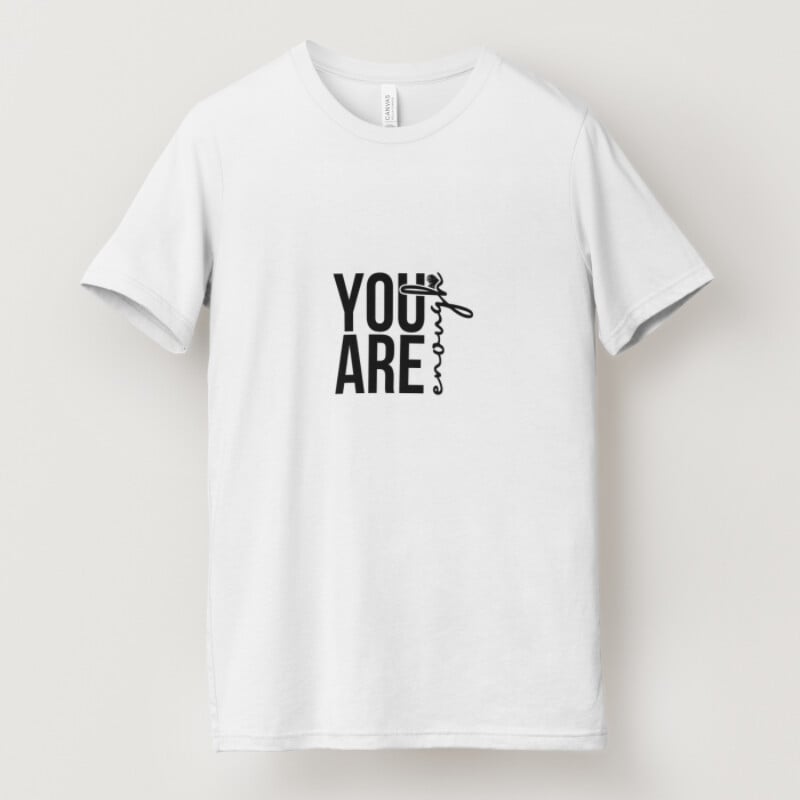The future of T-shirt fashion stands at the exciting intersection of technology, personalization, and sustainability. Once a simple wardrobe essential, the T-shirt has evolved into a canvas of innovation, expression, and functionality. In the coming years, the boundaries between clothing and technology will blur, transforming the T-shirt into a smart, adaptive, and expressive garment. Brands and designers are shifting focus from mass production to intelligent creation—where comfort meets performance, and aesthetics meet innovation.
The T-shirt’s transformation is being driven by two major forces: technological integration and customization. Advancements in smart fabrics are introducing new possibilities—self-cooling materials, health-monitoring sensors, and responsive textiles that adapt to temperature and movement. Meanwhile, digital technologies are empowering consumers to design, print, and personalize their shirts with unprecedented ease, fostering individuality in an increasingly homogenous market.
Moreover, sustainability remains central to the future of T-shirt fashion. The global shift toward eco-consciousness is pushing the industry to adopt recycled fibers, digital dyeing techniques, and waste-minimizing production systems. Consumers now value not only how a T-shirt looks but also how it’s made, leading to a transparent, traceable, and ethical fashion ecosystem.
Ultimately, the T-shirt of tomorrow won’t just be about style—it will be about connection. It will connect wearers to technology, to creativity, and to purpose. Whether through smart sensors that track wellness or digital prints that reflect identity, the T-shirt will remain the ultimate form of wearable communication in the fashion world.
Tech-Infused and Smart Fabrics
Smart fabrics are reshaping the future of T-shirt design, introducing performance capabilities that go far beyond traditional cotton or polyester. These next-generation textiles combine technology with fashion, allowing T-shirts to sense, react, and adapt to the wearer’s environment. Imagine a T-shirt that regulates body temperature in real-time, repels bacteria, or even tracks your heart rate—all without compromising comfort or style.
One of the most promising developments is temperature-adaptive materials. These fabrics use phase-change technology to absorb or release heat, keeping the wearer cool in the summer and warm in the winter. Another breakthrough involves conductive fibers woven directly into the material. These allow smart T-shirts to monitor vital signs like heart rate, breathing, and body movement—ideal for athletes, healthcare, and even daily wear.
In addition to performance, smart fabrics are making strides in sustainability. Nanotechnology and bio-based fibers are being used to create durable, stain-resistant, and biodegradable materials. This helps extend the lifespan of T-shirts while reducing their environmental footprint.
Tech-integrated T-shirts are also becoming stylish, with brands like Google’s Project Jacquard and Levi’s experimenting with wearable technology that interacts with smartphones and devices. This merging of tech and fashion signifies a paradigm shift—from clothing that simply covers us to clothing that connects us. As smart fabric technology becomes more accessible, we can expect T-shirts that are not only fashionable but intelligent, empowering wearers through comfort, connectivity, and innovation.
Customization and Digital Printing Trends
Customization and digital printing are revolutionizing how consumers experience T-shirt fashion. No longer limited to generic designs, today’s buyers crave individual expression—and technology is making that possible. The rise of digital printing, 3D embroidery, and online design platforms allows anyone to create unique, personalized T-shirts that reflect their personality, mood, or message.
Digital printing technology has advanced rapidly, offering vibrant, durable, and eco-friendly prints without the waste and water usage of traditional screen printing. With Direct-to-Garment (DTG) and sublimation printing, intricate patterns, gradients, and photo-realistic designs can now be reproduced with stunning clarity. This democratization of design has opened the door for small creators, independent artists, and niche brands to thrive in a global market.
Customization extends beyond aesthetics. Modern consumers want to choose the fit, fabric, and feel of their T-shirts. Interactive online stores allow buyers to tweak sleeve length, neckline, and color combinations—transforming the shopping experience into an act of co-creation. This not only enhances satisfaction but also reduces overproduction by making each piece on-demand.
Furthermore, AI-driven design tools are emerging, enabling virtual try-ons and predictive trend analysis. Paired with digital manufacturing, this creates a closed-loop system where style meets sustainability. The future of T-shirt fashion, therefore, is one of empowerment and creativity—where each T-shirt becomes a wearable piece of art, designed not by brands alone but by the people who wear them.


